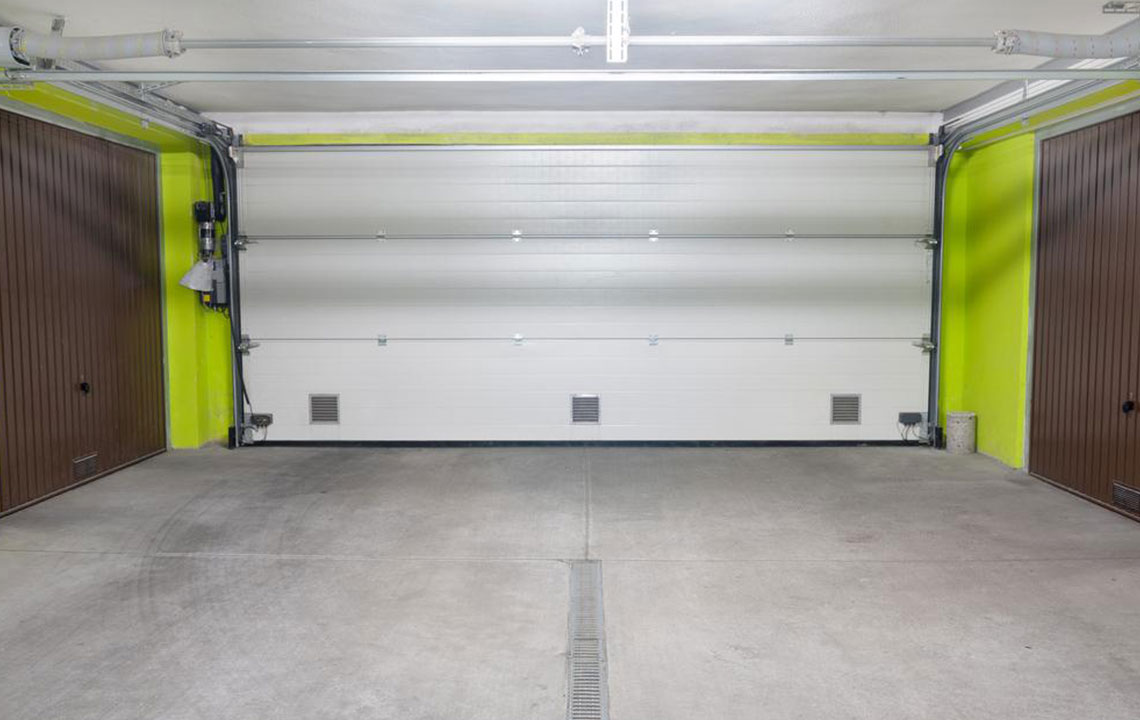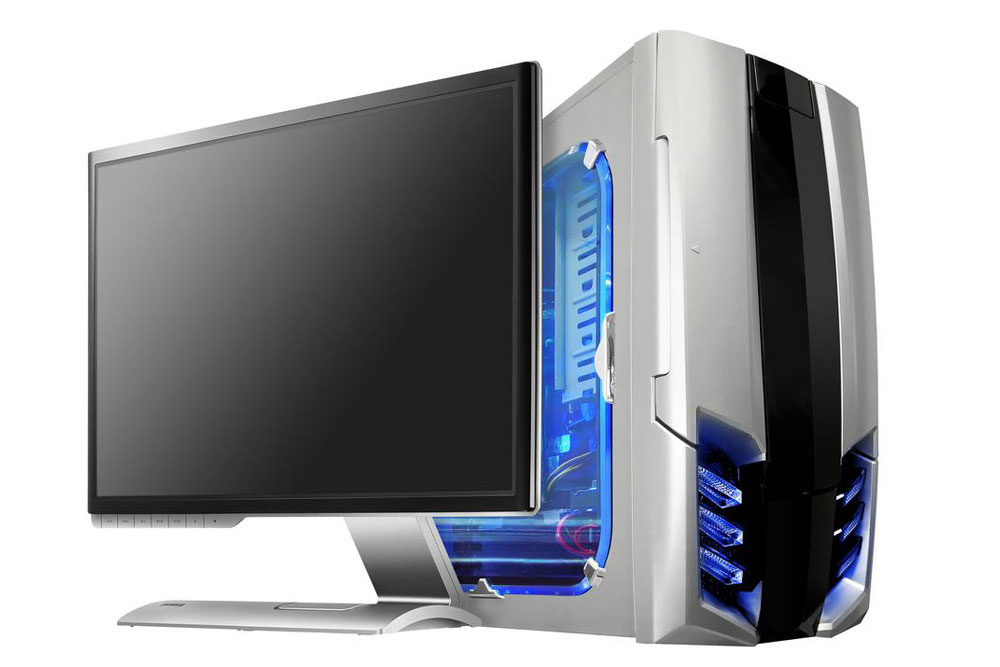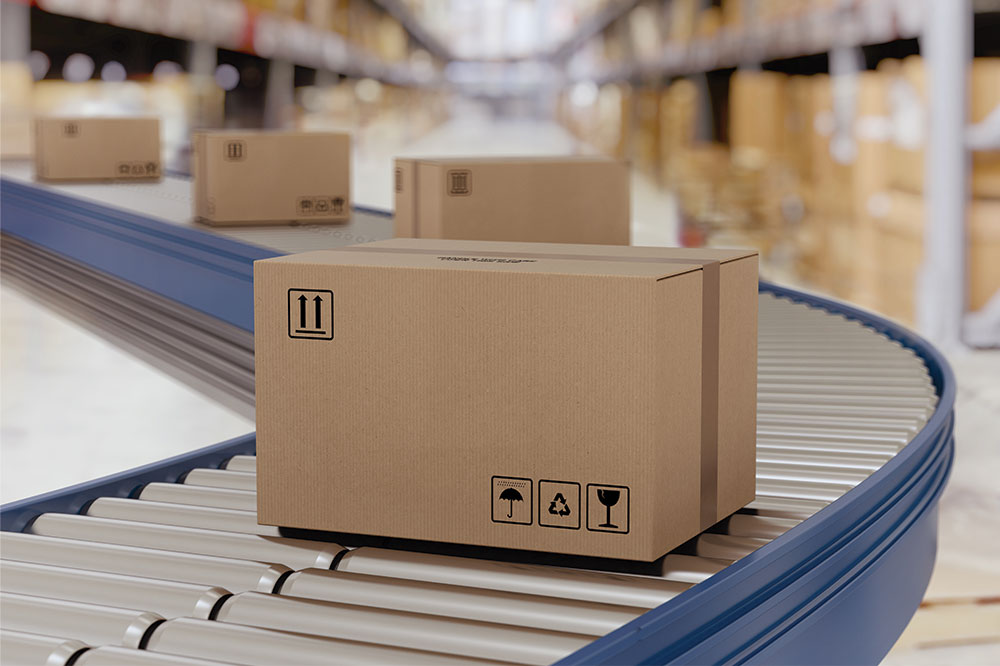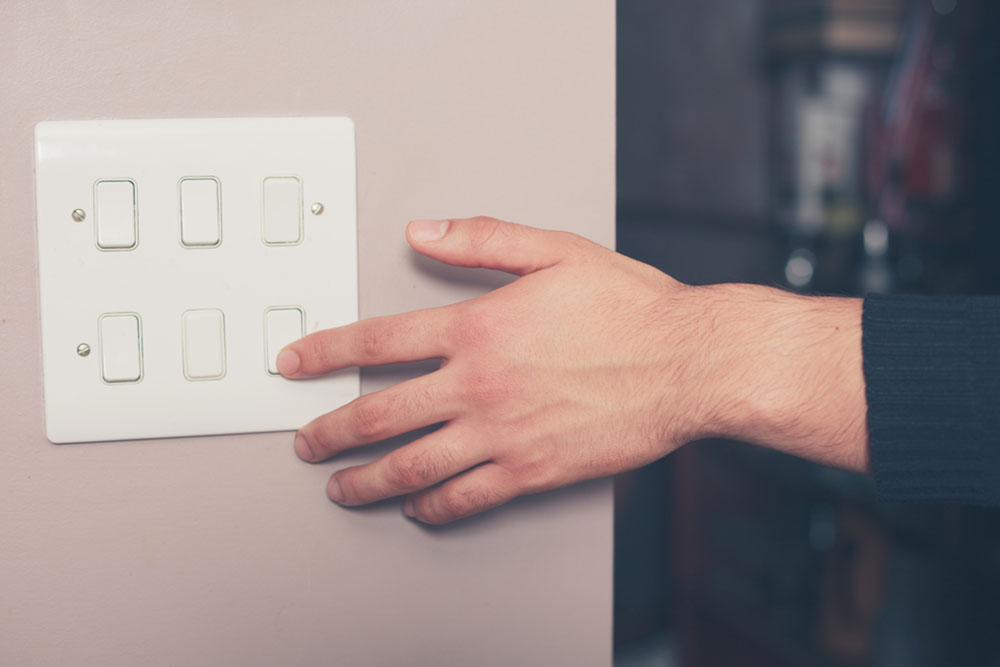In-Depth Exploration of Limit Switches: Types, Applications, and Selection Guide
This comprehensive article explores the diverse types of limit switches, their applications in various industries, and tips for selecting the right sensor to improve machinery safety and efficiency. It provides detailed insights into global, medium-duty, heavy-duty, and security limit switches, emphasizing their importance in automation and safety systems.

In-Depth Exploration of Limit Switches: Types, Applications, and Selection Guide
Limit switches are critical components in modern automation and machinery systems, serving as reliable sensors that detect mechanical movement or the presence of objects within a specified range. Their role is fundamental in ensuring the smooth operation, safety, and efficiency of various industrial processes. From manufacturing lines to safety systems, limit switches are integral to maintaining control over machinery functions, preventing over-travel, and safeguarding personnel and equipment.
This comprehensive guide delves into the functionalities, types, and applications of limit switches, providing insights into how to choose the most suitable switch for your specific needs. We will explore the various variants of limit switches, their manufacturing standards, and the industry sectors that most commonly rely on these versatile devices.
Limit switches often operate on electrical or electromagnetic principles, making them highly durable and dependable in demanding environments. Their straightforward installation and maintenance further contribute to their popularity across industries. Because of their diverse applications, manufacturers have developed various types tailored to meet different operational and environmental requirements. The main classifications include:
Global limit switches: These switches are designed to meet universal standards, like IEC, ensuring compatibility across different regions. Constructed using metal or plastic bases, they are adaptable to a wide range of environments, from industrial floors to outdoor settings.
Medium-duty limit switches: Optimized for precision and reliability, these switches are used when physical detection of an object’s presence or absence is necessary. They are common in robotics, conveyor systems, and manufacturing equipment where accurate position sensing is essential.
Heavy-duty limit switches: Engineered to withstand harsh conditions, these switches are built with rugged enclosures like die-cast bodies and epoxy coatings. Their durability makes them ideal for sectors such as maritime navigation, bulk material handling, and heavy manufacturing operations.
Security and safety limit switches: Designed specifically for safety applications, these switches detect unauthorized access or monitor critical moving parts to prevent accidents and damage. They often incorporate features like emergency stop functions and tamper-proof designs.
Understanding the distinctions among these types enables engineers and technicians to select the appropriate limit switch for their specific application. Whether ensuring safety in hazardous conditions or providing precise movement detection in automated systems, the correct choice enhances operational efficiency and safety standards.
The ongoing evolution of limit switch technology emphasizes increased reliability, better environmental resistance, and smarter integration with modern control systems. Advanced limit switches now feature electronic components, wireless capabilities, and IoT connectivity, enabling real-time monitoring and remote diagnostics, further enhancing their functionality in Industry 4.0 environments.
In conclusion, limit switches are indispensable in modern industrial automation, offering versatile and dependable solutions for a broad spectrum of applications. From simple mechanical detection to complex integrated safety systems, understanding their types, features, and industry applications is essential for optimizing machinery control and safety.




